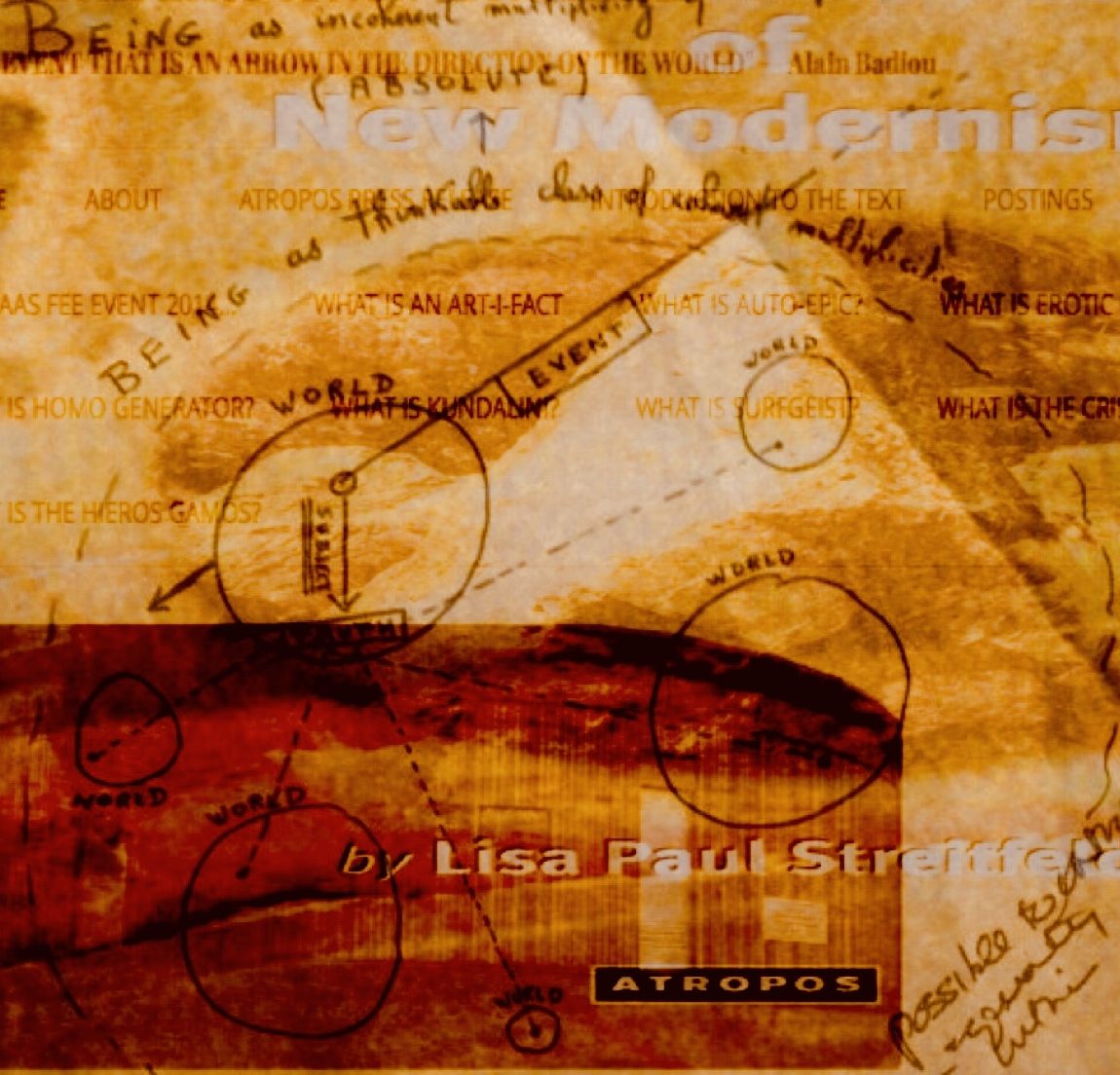
Iconography of the Sacred Marriage Rites from Mesopotamia on display at the Pergonnan Museum in Berlin.
The Sacred Marriage Rites were performed on the top of the ziggurats at the dawn of civilization in ancient Sumer and continued into the Holy of the Holies inner chamber of Solomon’s Temple. Hughes Payans, direct descendent of the Knights Templar Founder, has confirmed that the symbol of the hieros gamos, the six-pointed star consisting of the upper and lower triangles interlocking, was displayed at the portal of the Holy of the Holies. The icon of the hieros gamos is also the icon of the Age of Aquarius where Heaven and Earth are integrated through the human body.
The prominent Mesopotamian scholar Noah Samuel Kramer wrote a book in 1963 entitled The Sacred Marriage Rite: Aspects of Faith, Myth and Ritual in Ancient Sumer which translates the Sumerian hymns recording the rituals and mythology of this religious rite.
In order to care for the life of all the lands,
The exact first day of the month is closely examined
And on the day of the disappearance of the moon,
On the day of the sleeping of the moon,
The me are perfectly carried out
So that the New Year’s Day, the day of rites,
May be properly determined,
And a sleeping place be set up for Inanna.
The queen bathes her holy loins,
Inanna bathes for the holy loins of Dumuzi,
She washes herself with soap.
She sprinkles sweet-smelling cedar oil on the ground.
The king goes with lifted head to the holy loins,
Dumuzi goes with lifted head to the holy loins of Inanna.
He lies down beside her on the bed.
Tenderly he caresses her, murmuring words of love:
“Oh my holy jewel! O my wondrous Inanna!”
After he enters her holy vulva, causing the queen to rejoice,
After he enters her holy vulva, causing Inanna to rejoice,
Inanna holds him to her and murmurs:
“Oh Dumuzi, you are truly my love!”
The king bids the people enter the great hall.
The people bring food offerings and bowls.
They burn juniper resin, perform laving rites,
And pile up sweet-smelling incense.
The king embraces his beloved bride,
Dumuzi embraces Inanna.
Inanna, seared on the royal throne, shines like daylight.
The king, like the sun, shines radiantly by her side.
He arranges abundance, lushness, and plenty before her.
He assembles the people of Sumer.
The musicians play for the queen:
They play the loud instrument which drowns out the storm,
They play the sweet algar-instrument,
the ornament of the palace,
They play the stringed instrument which
brings joy to all the people,
They play songs for Inanna to rejoice in the heart.
The king reaches out his hand for food and drink,
Dumuzi reaches out his hand for food and drink.
The palace is festive. The king is joyous.
In the pure clean place, they celebrate Inanna in song.
She is the ornament of the assembly, the joy of Sumer!The people spend the day in plenty.
The king stands before the assembly in great joy.
He hails Inanna with the praises of the gods and the assembly:
“Holy Priestess! Created with the heavens and earth,
Inanna, First Daughter of the Moon, Lady of the Evening!
I sing your praises!”My Lady looks in sweet wonder from heaven.
The people of Sumer parade before the holy Inanna.
The Lady Who Ascends into the Heavens, Inanna is radiant.
Mighty, majestic, radiant, and ever youthful—
To you, Inanna, I sing! (1)
